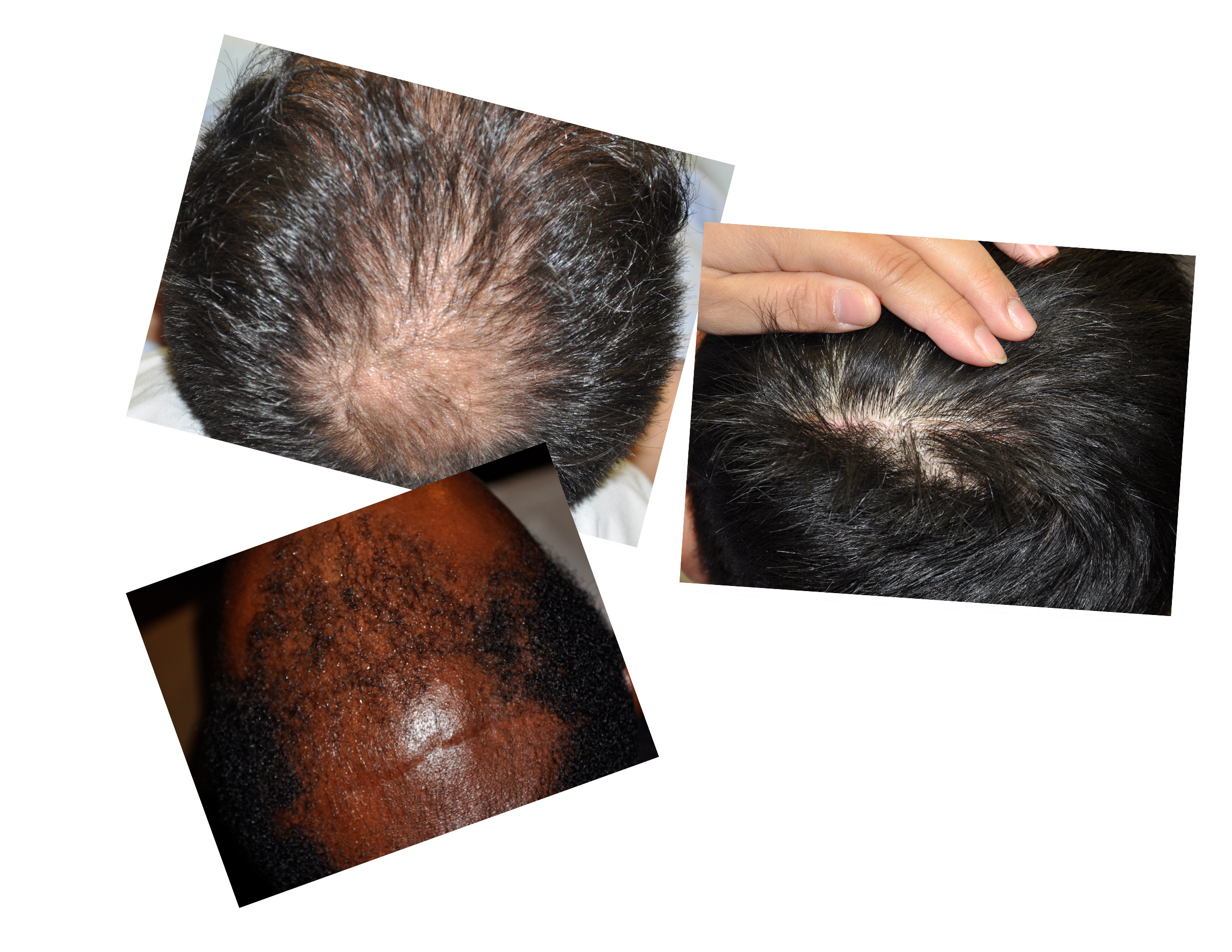Skull Reshaping
Aesthetic Skull Reshaping Specialist
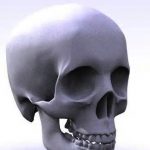 The human skull has an oblong shape that is longer from front to back than it is wide. While there are subtle variations in its oblong shape amongst age, gender and race, a smooth surface with gentle curves is considered desirable. With the exception of the forehead, most of the skull’s shape is hidden by hair and not cosmetically significant to most patients. However, in balding men and in those with short hair and shaved heads and even some men and women with good hair cover, the shape of the skull can be a potential cosmetic concern.
The human skull has an oblong shape that is longer from front to back than it is wide. While there are subtle variations in its oblong shape amongst age, gender and race, a smooth surface with gentle curves is considered desirable. With the exception of the forehead, most of the skull’s shape is hidden by hair and not cosmetically significant to most patients. However, in balding men and in those with short hair and shaved heads and even some men and women with good hair cover, the shape of the skull can be a potential cosmetic concern.
WHAT TYPE OF SKULL PROBLEMS CAN BE TREATED?
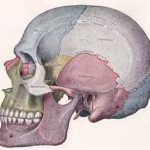 Cosmetic skull abnormalities generally fall into five basic concerns; high spots or ridges, depressions or flat spots, bumps or lumps and too wide or too narrow head shapes. Skull lumps can be small areas that are too high or be actual bony tumors known as osteomas. Flat spots usually occur either in the occipital or back of the head and in frontal forehead asymmetries. Flatness of the back of the head is one of the most common cosmetic skull concerns and is the result of infantile head positioning in many cases. High spots and ridges can either be a prominent sagittal ridge down the middle of the skull or from bulging on the sides of the head in the temporal or parietal regions. The head can also be seen as too wide or too narrow based on its bitemporal width.
Cosmetic skull abnormalities generally fall into five basic concerns; high spots or ridges, depressions or flat spots, bumps or lumps and too wide or too narrow head shapes. Skull lumps can be small areas that are too high or be actual bony tumors known as osteomas. Flat spots usually occur either in the occipital or back of the head and in frontal forehead asymmetries. Flatness of the back of the head is one of the most common cosmetic skull concerns and is the result of infantile head positioning in many cases. High spots and ridges can either be a prominent sagittal ridge down the middle of the skull or from bulging on the sides of the head in the temporal or parietal regions. The head can also be seen as too wide or too narrow based on its bitemporal width.
Some of the most common aesthetic skull problems treated include: Frontal Bossing/ Forehead Horns, Sloped Forehead, Sagittal Ridge/Crest, Residual Fontanelle Depressions, Flat Back of the Head, Occipital Asymmetries, Occipital Knob/Protuberance, Prominent Temporal Lines, Excessive Temporal Fullness (Too Wide of Head) and Temporal Depressions (Too Narrow of Head).
Skull Reshaping Surgery
The traditional concept of skull reshaping is that of infant craniofacial surgery for craniosynostosis, removing and reshaping the thin bone flaps that exist at that time around the age of two years or younger. Infant skulls can also be shaped non-surgically with helmet therapies. But when the skull becomes thicker with age, it is no longer possible to use traditional craniofacial surgery to improve its shape.
Cosmetic skull reshaping can either reduce high spots or build out low or depressed bony contours. In most cases, augmentation creates a greater skull change than bony reduction. This is because reduction can only reduce the outer table of the skull, generally around 5mms to 7mms or less. The amount of skull augmentation that can be achieved is limited by how much the scalp can stretch, which can reach up to 15mms in a single surgery or more using a first-stage scalp expansion procedure (25mm to 35mms). It is also important to note that the manipulation of the temporal muscle can also affect the shape of the skull at its sides through either reduction or muscular augmentation.
Lumpy Skull and Uneven Head Shape
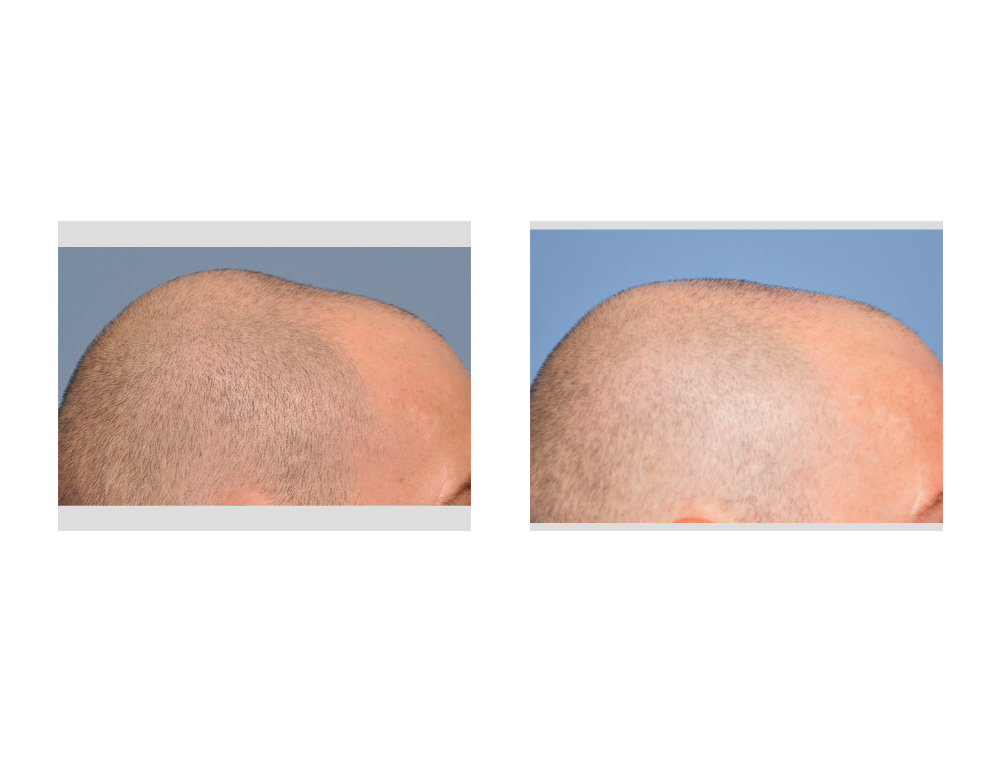 The skull can have numerous high spots that go beyond that of the desired skull shape. Lumps and bumps can be merely bony irregularities that have always been there or they be from an osteoma (benign bone tumor) that has developed from trauma. Ridges or sagittal crests are midline uprisings that often extend from behind the hairline and go back to the vertex. They usually represent some abnormality, albeit it minor, from sagittal suture development. Skull reduction surgery is performed through a rotary burning method. This required an appreciation for the thickness of the skull to recognize how much of the uneven skull section can be safely reduced.
The skull can have numerous high spots that go beyond that of the desired skull shape. Lumps and bumps can be merely bony irregularities that have always been there or they be from an osteoma (benign bone tumor) that has developed from trauma. Ridges or sagittal crests are midline uprisings that often extend from behind the hairline and go back to the vertex. They usually represent some abnormality, albeit it minor, from sagittal suture development. Skull reduction surgery is performed through a rotary burning method. This required an appreciation for the thickness of the skull to recognize how much of the uneven skull section can be safely reduced.
SKULL RESHAPING BIOMATERIALS FOR AUGMENTATION
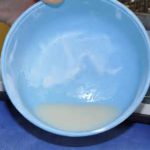
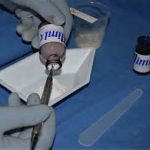 While reducing high spots or some bony thickness of the skull is done mainly by rotary instruments (burring), skull augmentation uses a variety of synthetic materials. These include acrylic (PMMA) and hydroxyapatite (HA) bone cements. These are liquid and powder materials that are mixed together during surgery to create a moldeable putty that is applied and shaped until it hardens. Each of these has differing physical properties, such as handling and cost, which gives each of them certain advantages and disadvantages. Neither cranioplasty material is perfect. Because of cost and material volume, PMMA is by far the most common skull reshaping biomaterial used in aesthetic skull augmentations and contouring.
While reducing high spots or some bony thickness of the skull is done mainly by rotary instruments (burring), skull augmentation uses a variety of synthetic materials. These include acrylic (PMMA) and hydroxyapatite (HA) bone cements. These are liquid and powder materials that are mixed together during surgery to create a moldeable putty that is applied and shaped until it hardens. Each of these has differing physical properties, such as handling and cost, which gives each of them certain advantages and disadvantages. Neither cranioplasty material is perfect. Because of cost and material volume, PMMA is by far the most common skull reshaping biomaterial used in aesthetic skull augmentations and contouring.
Custom Skull Implants
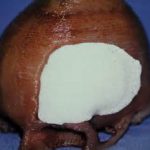
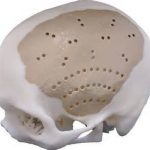 Another option for large, complex skull defects is a custom skull implant. Using the patient’s 3D CT scan, a custom fit skull implant is created to fill the uneven skull area. There are a variety of synthetic materials to choose from for this type of skull reshaping procedure including porous HTR and PEEK materials. The technology is used exclusively for reconstruction of partial or full-thickness skull defects.
Another option for large, complex skull defects is a custom skull implant. Using the patient’s 3D CT scan, a custom fit skull implant is created to fill the uneven skull area. There are a variety of synthetic materials to choose from for this type of skull reshaping procedure including porous HTR and PEEK materials. The technology is used exclusively for reconstruction of partial or full-thickness skull defects.
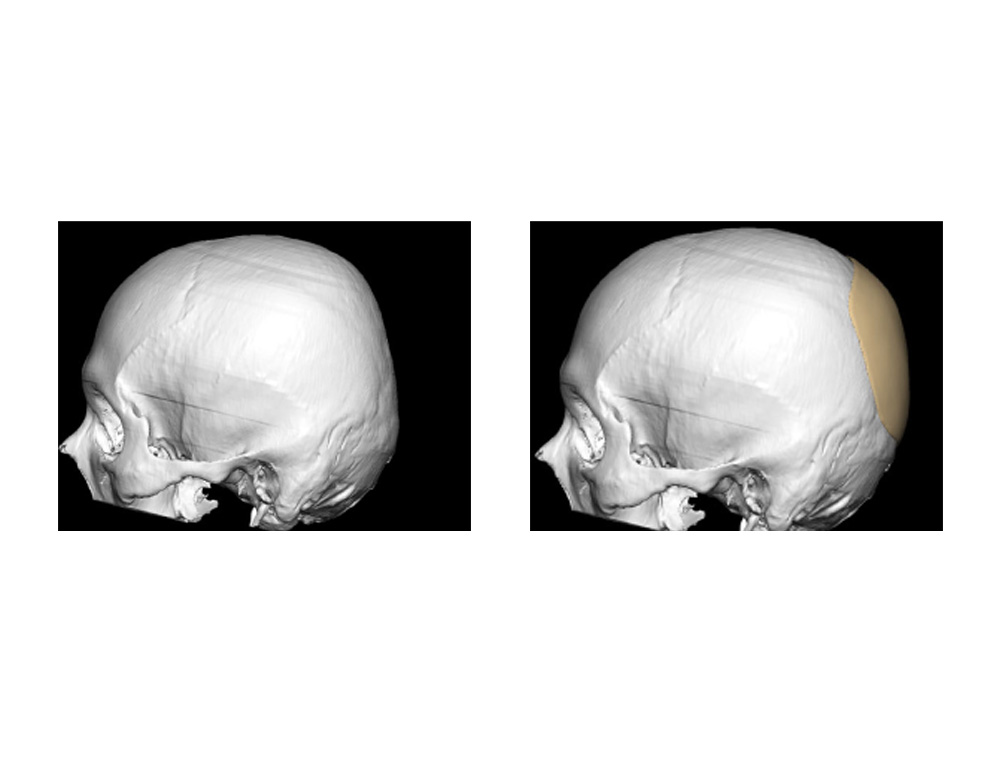
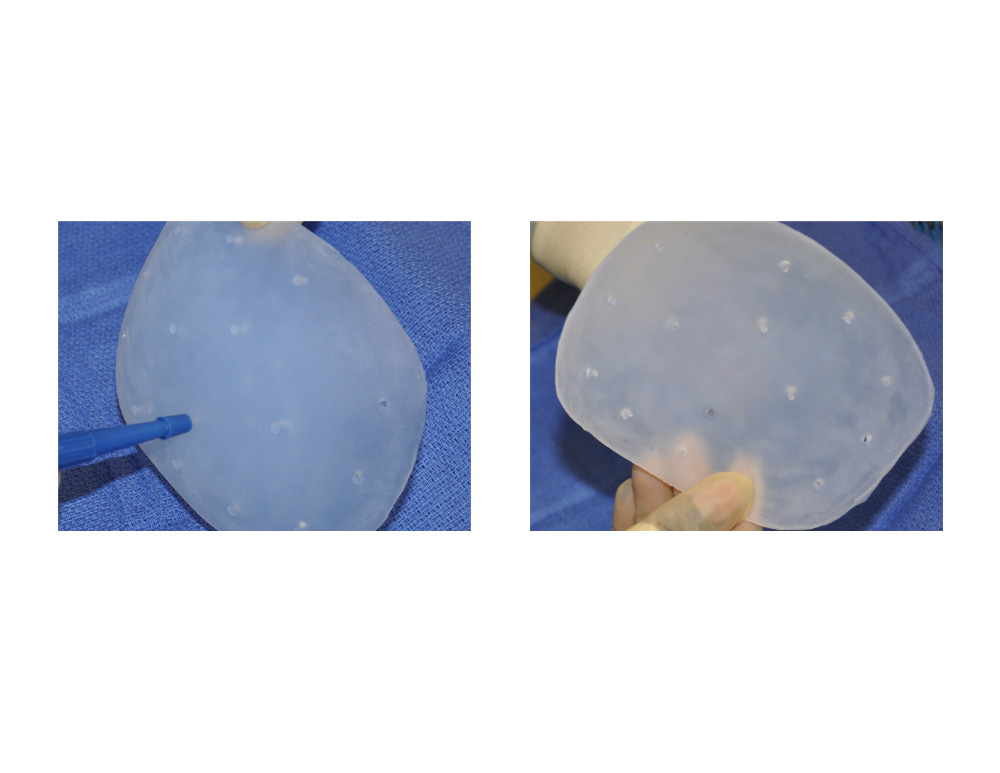 But custom implant fabrications are now also being used for aesthetic augmentation from the forehead to the back of the skull.Today, skull implants to build out deficient bone and muscular areas of the skull are being made by this computer-design and manufacturing process and is always of a silicone elastomer material. Its flexible characteristics make it possible to insert large implants from small or remote scalp incisions.
But custom implant fabrications are now also being used for aesthetic augmentation from the forehead to the back of the skull.Today, skull implants to build out deficient bone and muscular areas of the skull are being made by this computer-design and manufacturing process and is always of a silicone elastomer material. Its flexible characteristics make it possible to insert large implants from small or remote scalp incisions.
TEMPORAL REDUCTION and AUGMENTATION
(Head Width Narrowing and Widening)
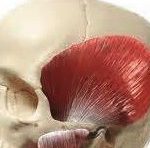
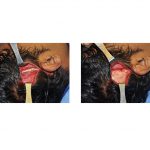 A wide head is the result of a combination of bone and muscle. While it is usually perceived that a wide skull is a bone problem, and it certainly makes a contribution to its width, the thickness of the temporal muscle also plays a major and more significant role. The temporalis muscle is a very large muscle that attaches to the lower jaw and extends way back on the side of the head above the ear. When doing temporal reduction, the posterior portion of the temporalis muscle is removed and the anterior portion shortened. Some bone thinning by burring is also done. Together up to 1.5 cms of bitemporal head width can be reduced through small vertical incisions in the scalp above the ears.
A wide head is the result of a combination of bone and muscle. While it is usually perceived that a wide skull is a bone problem, and it certainly makes a contribution to its width, the thickness of the temporal muscle also plays a major and more significant role. The temporalis muscle is a very large muscle that attaches to the lower jaw and extends way back on the side of the head above the ear. When doing temporal reduction, the posterior portion of the temporalis muscle is removed and the anterior portion shortened. Some bone thinning by burring is also done. Together up to 1.5 cms of bitemporal head width can be reduced through small vertical incisions in the scalp above the ears.
Conversely, a narrow head width can be widened by augmenting the posterior aspect of the temporalis muscle. While fat injections is one method of augmenting the muscle bulk, a more assured method is submuscular implant augmentation. Placing an implant under the temporal muscles from an incision behind the ears can increase head width a little or a lot based on one’s desires.
Scalp Scars from Skull Reshaping Surgery
One of the most critical decisions when considering cosmetic skull reshaping is the surgical access in which to do it. This means an incision and a resultant scar will be created. In a cosmetic operation, the size and location of the scalp scar must be strongly considered. While some skull reshaping can be done through limited incisions or an endoscopic approach, many of the operations need longer incisions. The location and length of the scalp scar can be the key issue in determining whether cosmetic skull reshaping should be done.
SKULL RESHAPING IN CHILDREN
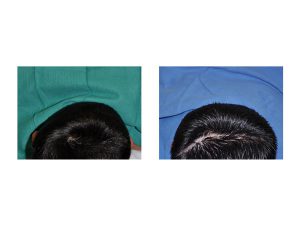 Cosmetic skull reshaping in children is uniquely different from that in adults given its elective nature and the growing nature of the skull. Almost always it involves augmentation of a deficient area of either the forehead or the back of the head. The augmentation material of choice in a growing skull is hydroxyapatite which can safely be applied at any age without any long-term growth concerns.
Cosmetic skull reshaping in children is uniquely different from that in adults given its elective nature and the growing nature of the skull. Almost always it involves augmentation of a deficient area of either the forehead or the back of the head. The augmentation material of choice in a growing skull is hydroxyapatite which can safely be applied at any age without any long-term growth concerns.
To view results from our previous skull reshaping surgery patients, please visit our skull reshaping before and after photo gallery.
Skull Reshaping – Before Surgery
An examination or evaluation of pictures from different angles is needed to determine the exact extent of the skull shape issue. In some cases, although not commonly, X-rays may be needed to determine the anatomy of the skull bones particularly its thickness. These could be done by either plain skull films or a 3-D CT scan. If necessary, a 3-D CT scan can be converted into an anatomical model for more thorough analysis and treatment planning.
In determining the benefits of any area of skull reduction, consideration must be given to the bone thickness and how much difference can really be made. In considering skull augmentation, considerable thought needs to go into what type of material is to be used and to review all the advantages and disadvantages of each option. A patient should also consider how the operation will be done from an incision standpoint.
Skull Reshaping – About the Operation
Skull reshaping is always done under general anesthesia as an outpatient procedure. Regardless of the approach and incision, hair is never shaved or removed for the procedure. Whether it is an endoscopic approach or a longer scalp incision is used, the skin closure is done with resorbable sutures so no suture removal is needed after surgery in most cases. If a drain is used it will be removed the following day. The hair is washed and combed out before the head dressing is put on.
Skull Reshaping Recovery Period
A head dressing will be applied at the end of the skull reshaping procedure. It can be removed the next day. One can shower and wash their hair after 48 hours. To the surprise of many, there is very little discomfort afterwards. There will be some swelling as one would expect but generally no bruising. Unless one has very short hair or a shaved head, the swelling will not be visible. Dissolvable sutures are used so there is no need to return for suture removal. Most swelling is usually gone by three to four weeks after surgery. The final shape of the skull is achieved about six weeks after surgery.
How Much Does Skull Reshaping Cost?
The cost of skull reshaping can vary significantly based on what is being done. Each skull reshaping patient and their unique skull concerns must be priced individually.

North Meridian Medical Building
Address:
12188-A North Meridian St.
Suite 310
Carmel, IN 46032
Contact Us:
Phone: (317) 706-4444
WhatsApp: (317) 941-8237
